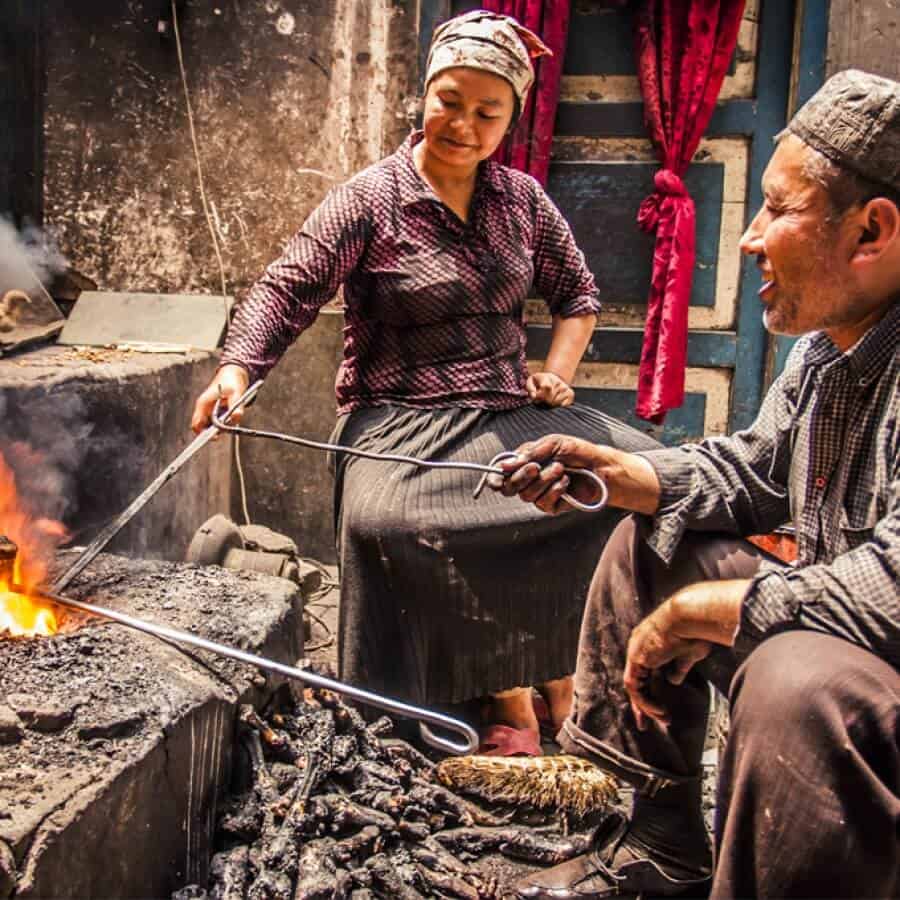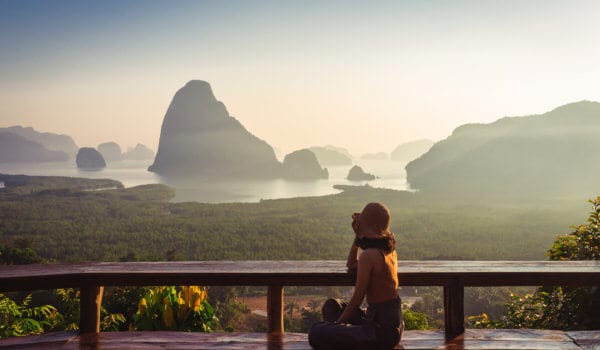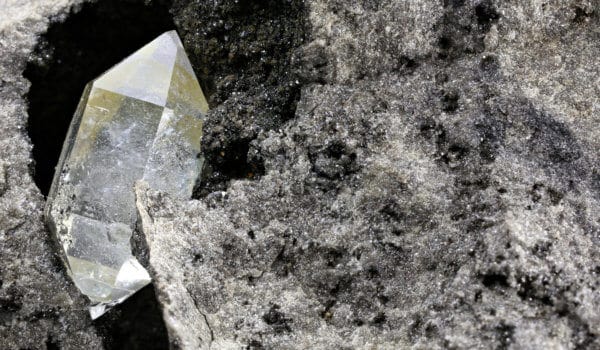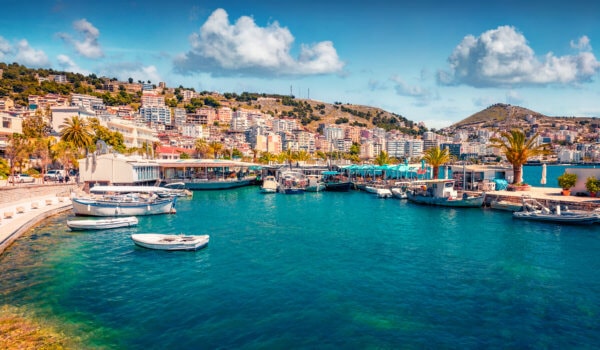This time I am going to take you on a special journey in China. Since most of you know about China’s big cities, ancient towns and villages, temples, mountains, the Great Wall, great history, tea, meditation, amazing architecture, gardens, martial arts, culture and cuisine, it is time for something different and alternative. China is home to 55 ethnic minorities, some of which are pretty small and count only a few million members or as few as five thousand. So I have chosen three very interesting and unusual ethnic groups about which people rarely hear and which have very distinctive ways of living. Also I will identify their indigenous regions or towns so you can visit them as they offer a unique cultural experience.
Uighurs
This is an ethnic group of Turkic origin living in the westernmost area of China, which is known as the Xinjiang Autonomous Region.
There are about 10 million Uighurs, and they differ from the majority Chinese population in appearance, clothing, and religion. With their appearance and way of life, they call to mind Kazakhs, Kyrgyz, or Uzbeks as they all belong to the Turkic family. Their language reminds one of Turkish a lot. While majority Chinese are Taoists or Buddhists, Uighurs are Muslims, and most of them are moderate. You can see them walking in modern clothes on the streets of Kashgar, Turpan, or Urumqi, but you will also see many men in traditional cotton clothes and hats and women with colorful hijabs and dresses.
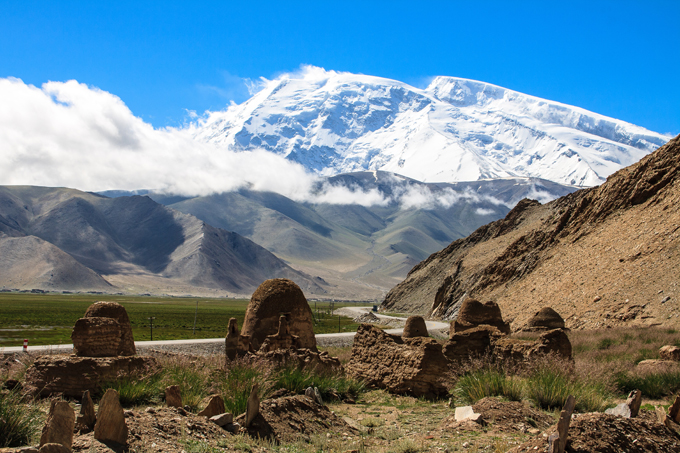
Muztagh-Ata Mountain, Kashgar region, China
Their indigenous homeland is the Xinjiang region, which in the past was part of various Turkic or Mongolic khanates, but also part of China several times in history and always an important spot on the ancient Silk Road. Since they were always at the frontier of China, their role on the Silk Road was crucial since they were on the edge of China’s western borders, and all major routes passed through Kashgar. So an exchange of commodities between China, Central Asia, and Europe took place there. Uighurs were traditionally good merchants and musicians, and their role on the Silk Road was important both in import and export. Kashgar was the primary intersection of the Silk Road routes and thus a major center of trade. So if you want to visit an authentic Uighur area, go to Kashgar, an oasis city in Xinjiang. You will see there typical Central Asian and Turkic architecture with narrow streets, Turkish-style buildings, and minarets. You won’t feel like you are in China until you see Chinese letters on billboards and at the entrances to shops and institutions. You should check out the typical Muslim bazaar, full of souvenirs such as beautiful, colorful carpets (carpet making is a traditional Uighur craft), water pipes, beads, pottery products, sabers, clothing, and much more. You will also find a livestock market, along with fresh meat. Also at the market you will find many fresh and delicious watermelons, carrots, tomatoes, and grapes, since this region is very fertile. In the suburbs of the city you will have a chance to ride a camel. Simply by seeing Kashgar you will begin to discover the Uighur way of life. Trying their cuisine, you will even better understand the way they live. All over China, Uighurs are famous as the best grill masters and confectioners, so try delicious lamb kebabs (those are among best food items that I tried) and sweets such as baklava and alva. Also you can try polu (a dish of rice and chicken, famous throughout the Muslim world and the Balkans) and buns with garlic (they are wonderful and remind me of Serbian/Bosnian burek). In the evening you can go to a bar and watch exotic oriental Uighur belly dancers and feel the extraordinary atmosphere. Smoke a water pipe, drink black Uighur tea, eat dried fruit, and enjoy listening to relaxing Central Asian musical instruments and watching pretty belly dancers. You will definitely have a chance to meet many amazing and friendly people. Uighurs, like most Muslim people and Chinese people in general, are very friendly and communicative, and they always try to make their guests feel at home. So expect to be invited to dinner or tea or to stay overnight. Just have in mind that they are a bit conservative, so if you are male do not speak too openly to women who are with their husbands as it may seem insulting, and if you are female do not speak too openly with married man. No worries.
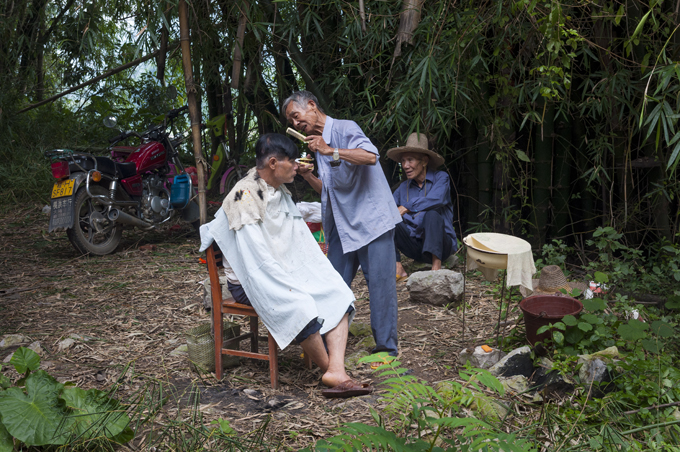
Yangshuo, China, Chinese man having a haircut in a rural area
Zhuang people – are a family of Southeast Asian people who share a common ancestry with the Thais, the Laos, and the Burmese. These people are the second largest ethnic group in China – there are around 20 million of them. Most of them live in the Guangxi Zhuang Autonomous Region, but with urbanization and modernization they can be found everywhere in China. But if you want to experience their authentic lifestyle it is best to visit them in the Guangxi Zhuang region and in Yangshuo County in particular. In this area, Yangshuo is a region of green hills, rice terraces, and the big Li River and is where the Zhuang people have traditionally lived. They have their own language (which they write with Latin letters) but speak Chinese, too. You will see that the Zhuang people have a bit darker skin than the Chinese. Most often they wear very colorful clothes with big hats and almost always smile when they see strangers. Wander around the narrow streets among simple but very nicely decorated wooden houses. Enter the souvenir shops and try to choose something from among hundreds of souvenirs. If you see an entrance with red lanterns, enter to find a teahouse. Try the local, fresh, homemade tea, and it will be one of the best teas that you ever tried. You will experience the calming spirit of past times. You can walk around villages, too, and over dirt paths through rice fields. Experience scenes from the movies as you watch people with bare feet standing in water and working on the rice crop. Reach the shore of the Li River at dusk and prepare for the most beautiful scene. You will see dozens of local fishermen on their boats with hanging lanterns. They are using cormorant birds which dive into the water and catch fish for them while being tied to the boat. In the evening, try the amazing Zhuang cuisine composed of pickled vegetables, beef, pork, chicken, and fish. Zhuang people won’t allow you to go hungry and will order food for you or offer you dinner at their home. It is likely that they will invite their neighbors and friends to give you honor and respect as signs of hospitality. But be ready for long rounds of drinking since they will offer you rice wine (Chinese wine is stronger than the European variety) as a sign of hospitality to strangers, and expect to drink a lot. You will hear many stories from them about life, spirits, and demons. Also you will see a singing competition which is a kind of rap battle without rap style and cursing but a way of expressing humorous ideas or love, and with improvised lyrics they show creativity. If you are lucky enough you may find yourself on a festival day when they worship the spirits of their ancestors and set up food, wine, and candles in front of home shrines. If you are not invited to stay overnight, you can stay in one of several guesthouses. In the morning, wake up before sunrise, hike up a hill, and enjoy an amazing view with the sun rising over the Li River, rice fields, wooden houses, and of course hills.
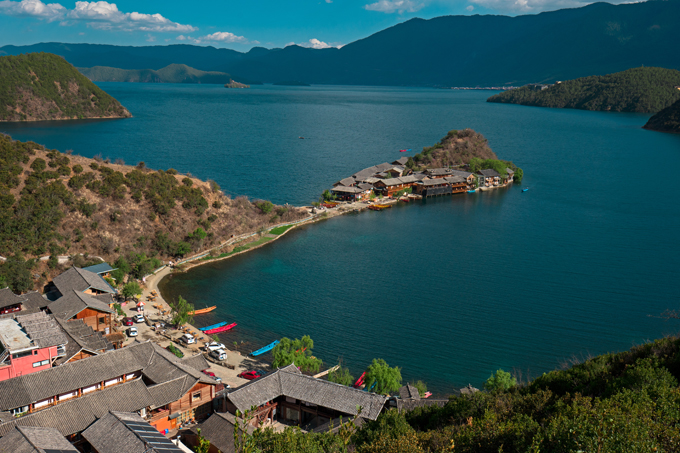
Lugu lake
Mosuo People
In villages along the shore of Lugu lake in Yunnan province lives an ethnic group known as Mosuo, or Na. There are only 40 000 of them in world, and all of them live in China. Among the twenty ethnic groups living in Yunnan in traditional ways, this one is the most particular in that it is the last matrilineal and matriarchal society in the world. This matriarchate operates as follows: Ah Mi (meaning elder woman) is the name for the head of the household, who is always a woman. Ah Mi governs all household affairs, manages the family’s money, and divides up the jobs in the house. She can give up her position when she decides upon another female member of the household such as a sister or a daughter. Real marriage doesn’t exist in this culture, and women on their own and with the agreement of Ah Mi choose one or more partners. The men can also have a few partners from different households. The rule is that during the daytime a couple cannot be in same house, the man comes to the house of his “wife” at nightfall and goes away before sunrise. Children inherit the mother’s lineage, surname, land, and house. The father is not allowed to raise the children but has the right to see his children as much as he wants. The child is raised by the mother, her brothers, and the grandparents of the mother’s lineage. Fathers are busy with raising the children of their sisters or daughters. They live in wooden houses in villages on the shore of the big lake. Mosuo people appear to be self-sufficient, and most of them dress and live traditionally. Women are usually busy with agriculture, harvesting rice and corn, and taking care of the household while the men take of livestock such as sheep, pigs, and goats. The men also have the duty to hunt yaks, boars, and deer, and they fish in Lugu Lake.
In addition to sightseeing and meeting the local people, you must try their food. Their meals are very big and include several types of food.
Mosuo people are also very religious and spiritual. At night, everyone gathers around a fire in the center of the village and dances around it. They have two faiths – Daba and Buddhism – and they follow both. The Daba faith is an indigenous religion which focuses on shamanic rituals (shamans communicate with natural spirits after drinking alcohol, teach about the spirits in nature, and teach about ancestral and spiritual worship. Buddhism also plays an important role in Mosuo life, and thus they try to be compassionate and kind and respectful towards all beings. Each Mosuo community has own “Living Buddha” who is regarded as the incarnation of Buddha after designation by Buddhist priests. Each house has its own little shrine where the Mosuo pray to spirits, ancestors, and Buddhist figures. Before every meal they offer food at an altar for spirits, ancestors, and deities.
Most characteristic of the Mosuo is the deifying of dogs. Unlike some Chinese, Koreans, and Vietnamese, who eat dogs, Mosuo people regard dogs as holy animals and as man’s best friend. An old Mosuo legend holds that in the past dogs lived for 70 years and humans for 15, so humans asked dogs to change places, and the dogs agreed as long as they would be cared for and treated well. Almost every household has a family dog. There are rituals in which family members bow and pray to their dog to ensure family loyalty.
Maybe all this seems strange to us, but that’s way how the Mosuo have lived for thousands of years. They are happy, do not know jealousy, and they respect each other highly. Visit them and you will notice that they almost always smile, dance in the night, and welcome foreigners with strong rice brandy. Maybe a visit to the shores of Logu Lake will cause your perception of life and norms to change and will broaden your understanding of cultural diversity.
Photos: Shutterstock
Support us!
All your donations will be used to pay the magazine’s journalists and to support the ongoing costs of maintaining the site.
Share this post
Interested in co-operating with us?
We are open to co-operation from writers and businesses alike. You can reach us on our email at cooperations@youthtimemag.com/magazine@youthtimemag.com and we will get back to you as quick as we can.
